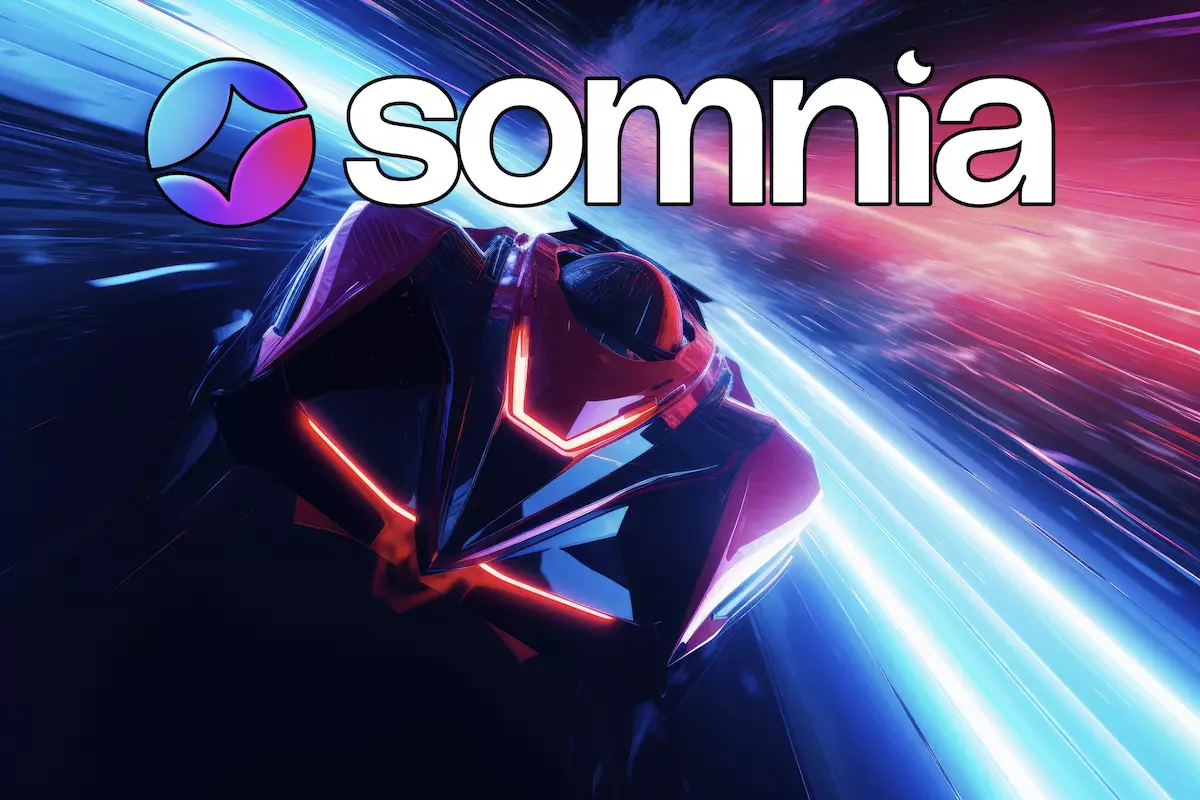Somnia, a pioneering Layer-1 blockchain, is strategically positioned to transform the conventional gaming landscape by seamlessly integrating millions of traditional gamers into the blockchain ecosystem. By focusing on high-demand consumer applications, Somnia is set to eliminate the performance bottlenecks that have long plagued blockchain technology, specifically in gaming. Its announcement of surpassing 400,000 transactions per second (TPS) is particularly notable, as this impressive throughput paves the way for a gaming experience devoid of lags or hiccups.
The crux of Somnia’s gaming revolution lies in its robust development network. Early testing has illuminated its capacity for swift transaction times and remarkable scalability. This endeavor aims not just to maintain these efficiencies but to provide a stable and vibrant mainnet experience for users and developers alike. By fundamentally addressing long-standing issues such as network congestion and costly transaction fees, Somnia is positioning itself as a frontrunner in addressing gamers’ and developers’ pain points.
One of the standout features of Somnia is its commitment to creating “reactive” applications. These games and applications possess the ability to automatically respond to real-time events, whether occurring on the blockchain or beyond. This innovation eliminates the need for third-party services, which often complicate and slow down the development process. In contrast, traditional blockchains frequently require off-chain solutions for fundamental features such as real-time event triggers or reward distributions, thus introducing inefficiencies.
Somnia remedies these issues by integrating essential functionalities directly within its blockchain infrastructure. This integration comes with inherent benefits such as lower operational costs, simplified coding processes, and a commitment to maintaining decentralization. Furthermore, this technology opens the floodgates for dynamic, real-time applications that can range from games to predictive analytics and even advertising that responds to real-time audience interactions.
The high-performance specifications of Somnia do not merely aim to keep pace with existing gaming standards—they set an entirely new benchmark. With capabilities that allow for sub-second transaction finality and transaction costs reduced to mere cents, Somnia provides a fertile ground for developers eager to push the boundaries of Web3 gaming. Large virtual environments, sophisticated graphics, and engaging storylines can thrive in this space, all while being securely documented on-chain.
Paul Thomas, the founder of Somnia, emphasizes this leap forward: “Blockchain gaming has been stymied by technical limitations for too long. With Somnia, we are equipping developers with the means to create scalable gaming experiences that players yearn for.” This reframing of the development toolkit signals optimism—not just for developers but for an entire gaming community yearning for innovation and quality.
Somnia’s vision extends beyond merely providing an efficient platform; it seeks to abrogate hurdles such as gas wars and prohibitive fees that have kept both developers and gamers at bay. To further bolster its ecosystem, Somnia launched a $10 million grant program aimed at fostering creativity within the GameFi space. This funding will enable developers to transition from concept to completion, crafting engaging games that leverage blockchain technology’s potential.
Moreover, Somnia is invested in offering comprehensive engineering support. This support serves to assist developers at all stages—from foundational development to detailed game design—ensuring that the no-fuss transition from traditional to blockchain gaming is achievable for all teams involved.
Somnia is wielding a powerful combination of high throughput, low costs, and innovative technology to reshape the gaming sector. Its emphasis on building a supportive ecosystem that encourages developers through tangible grants and hands-on engineering assistance truly highlights a commitment to nurturing a flourishing blockchain gaming community. The implications of this are immense, possibly heralding an entirely new chapter not just for Web3 gaming, but for the interaction between technology and entertainment at large. As the landscape of gaming evolves, Somnia stands to be at the forefront, ready to usher in a new generation of immersive, decentralized gaming experiences.


Leave a Reply